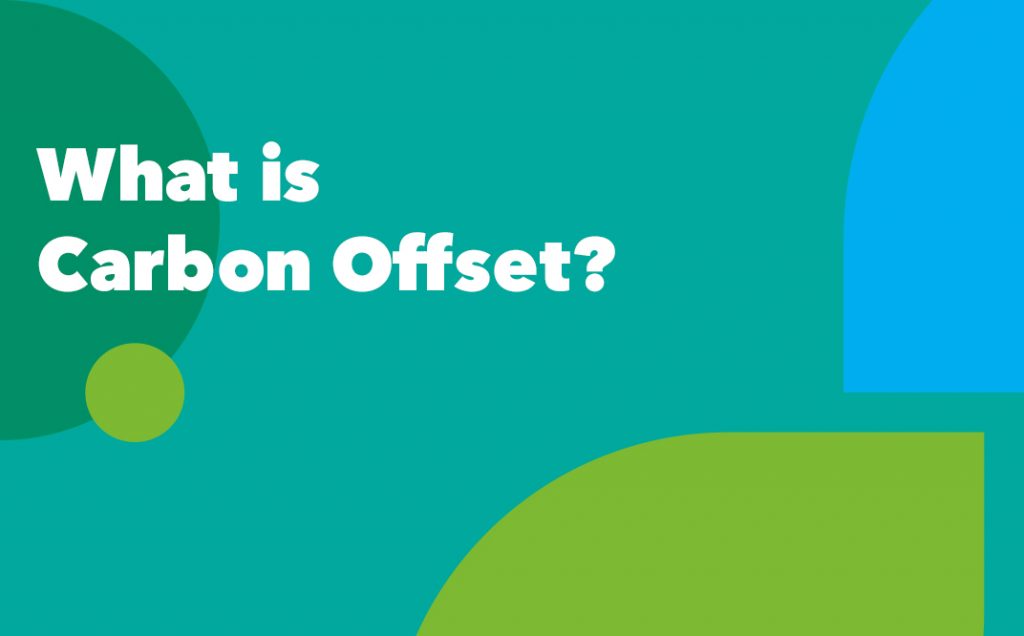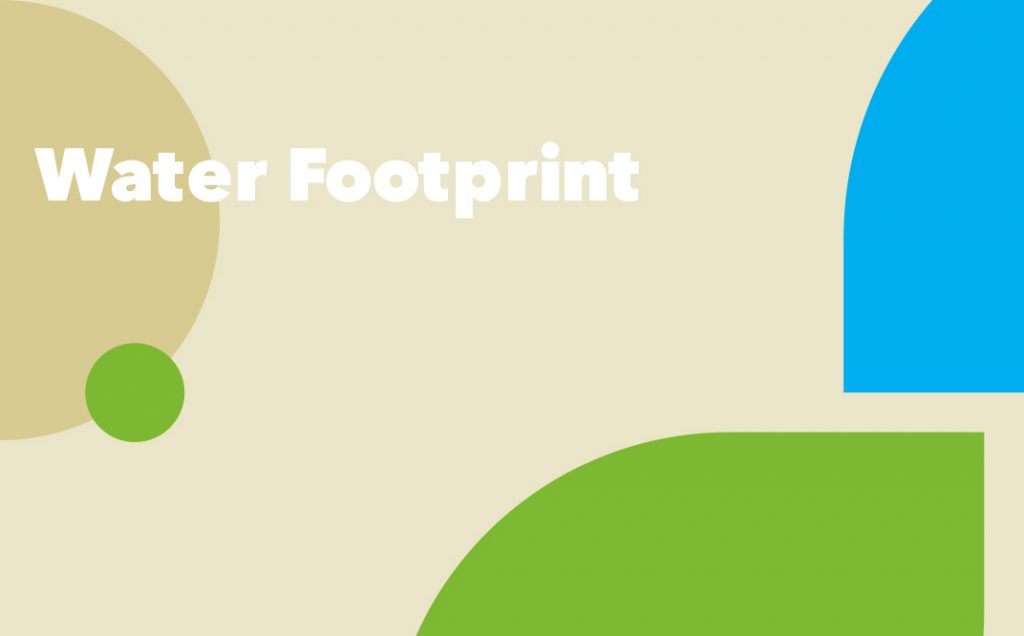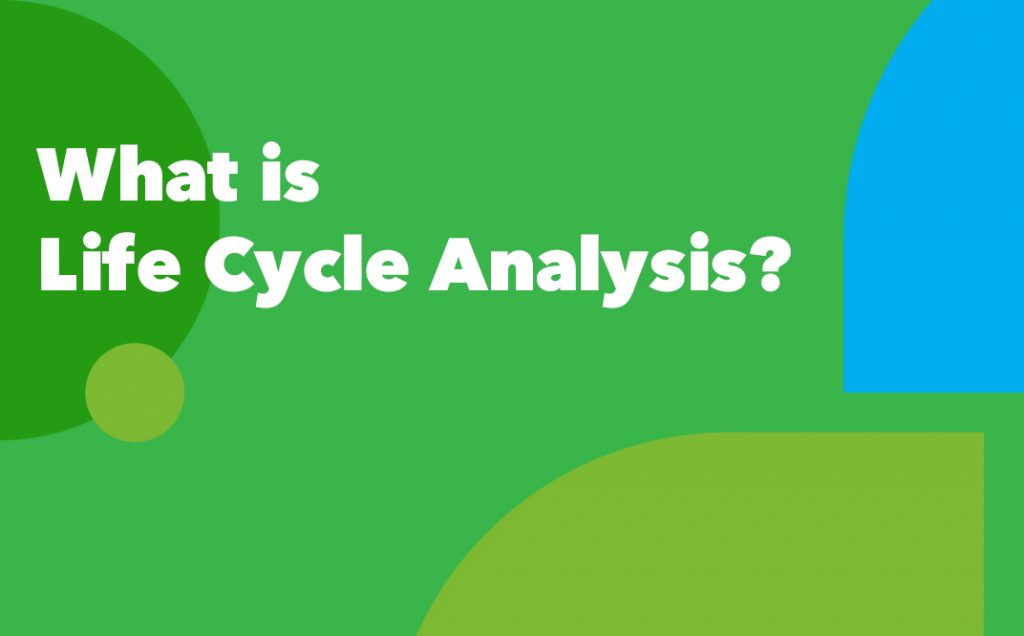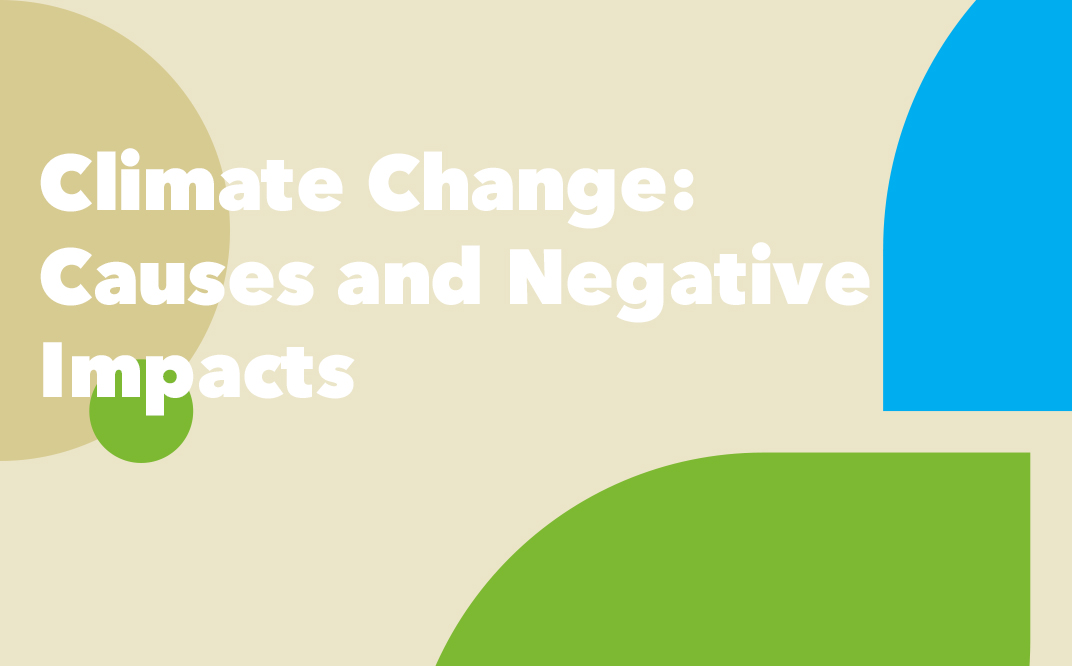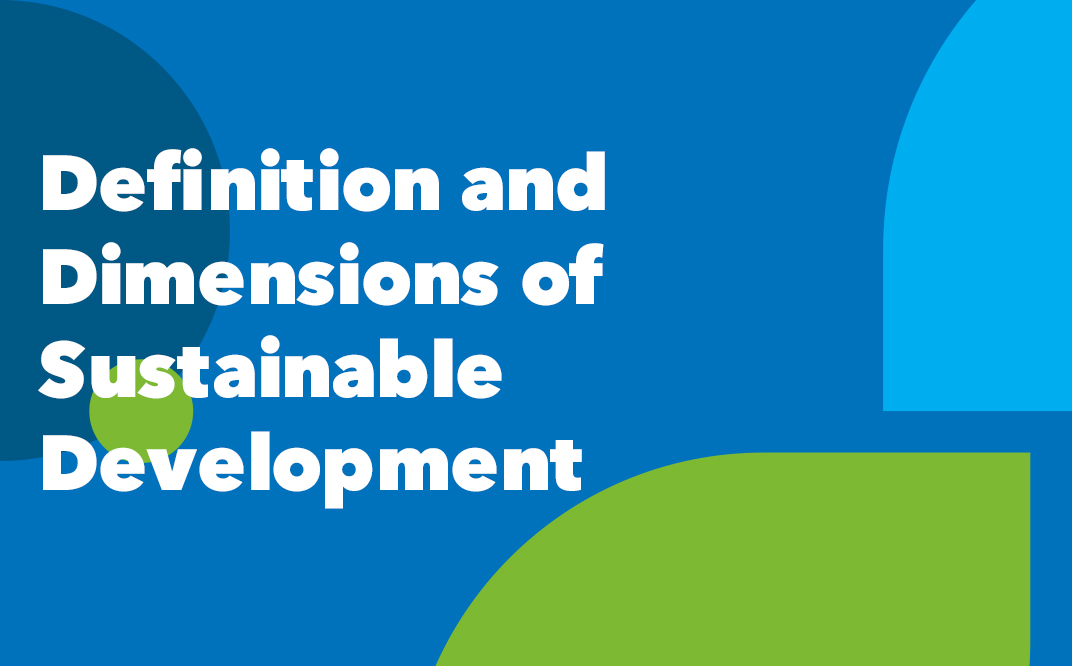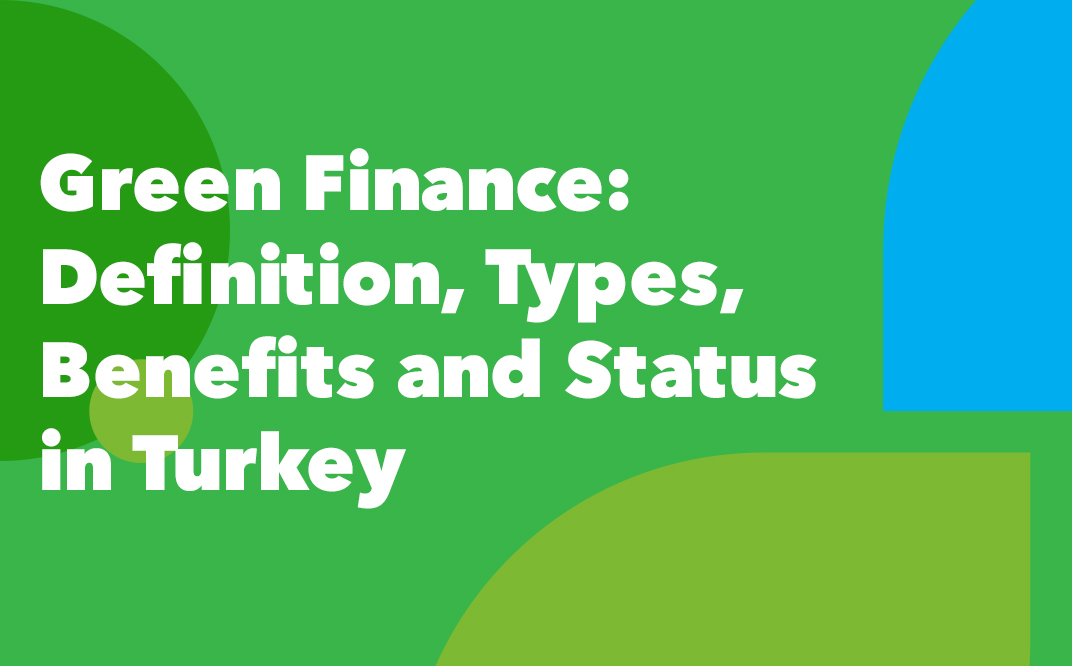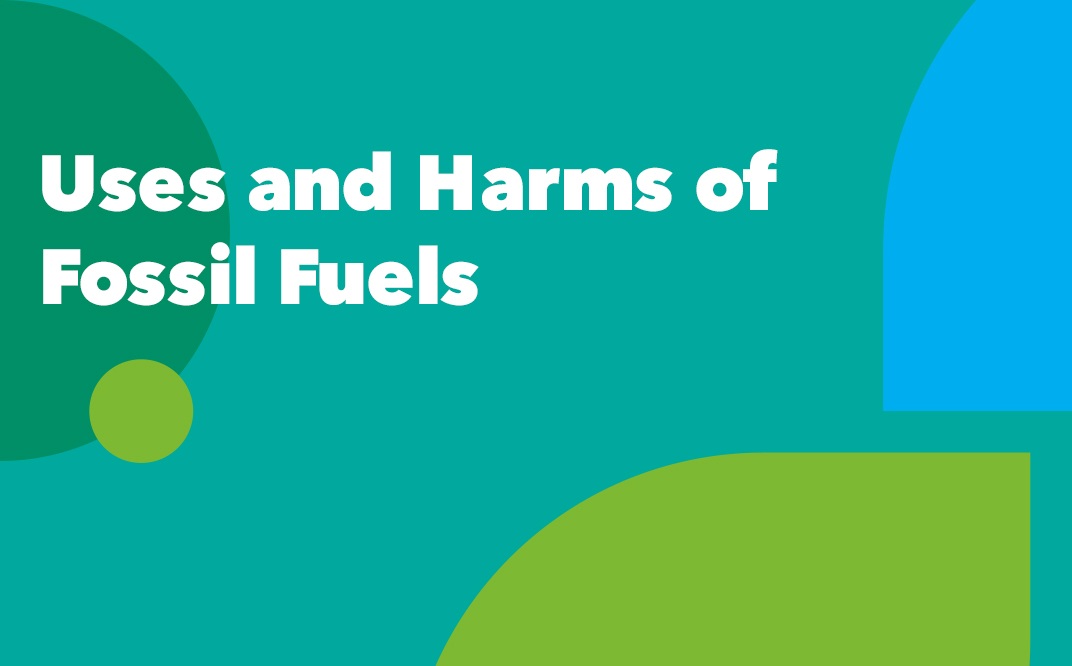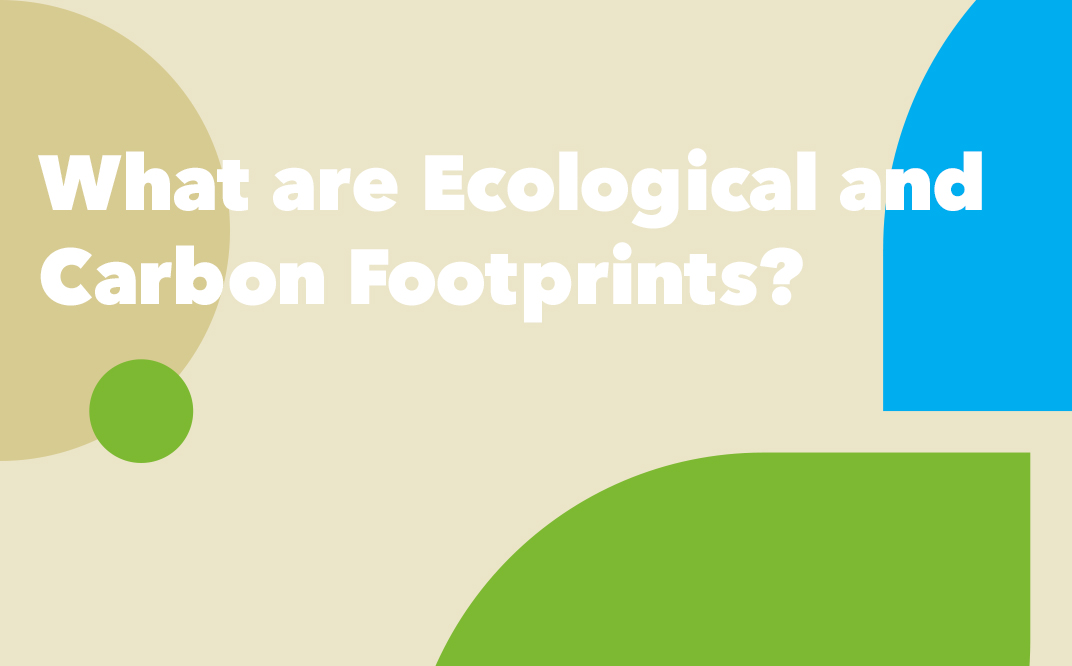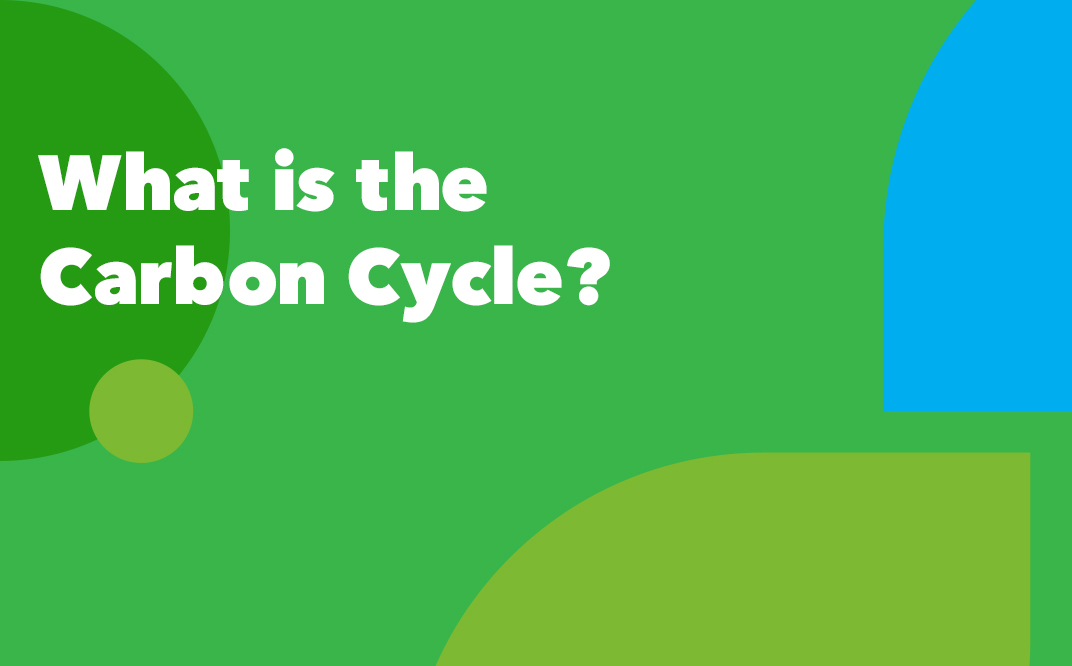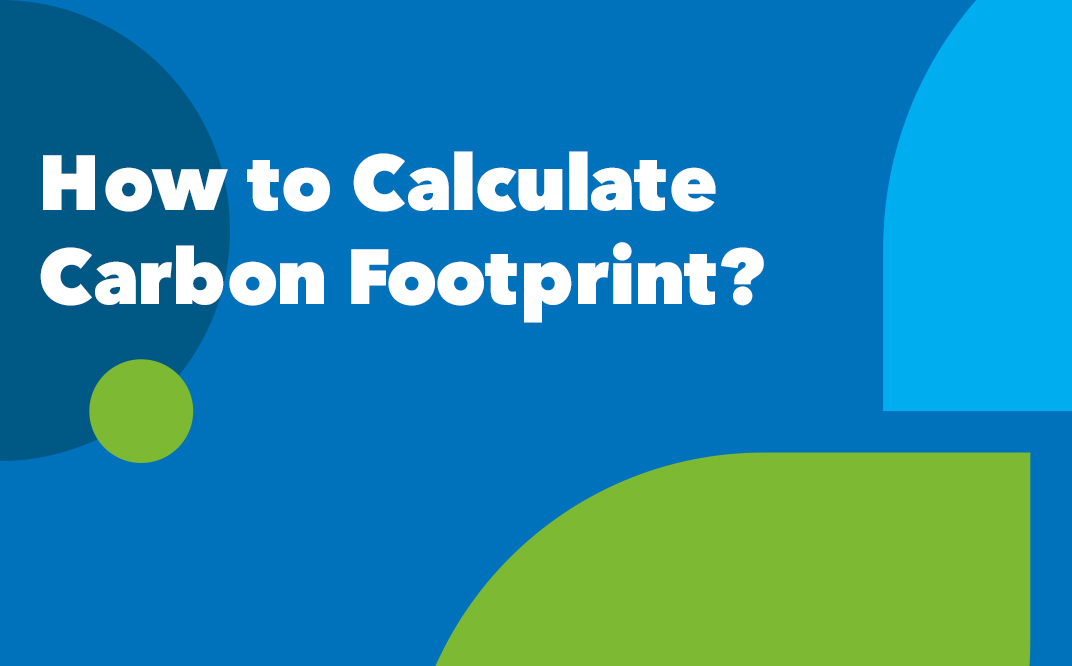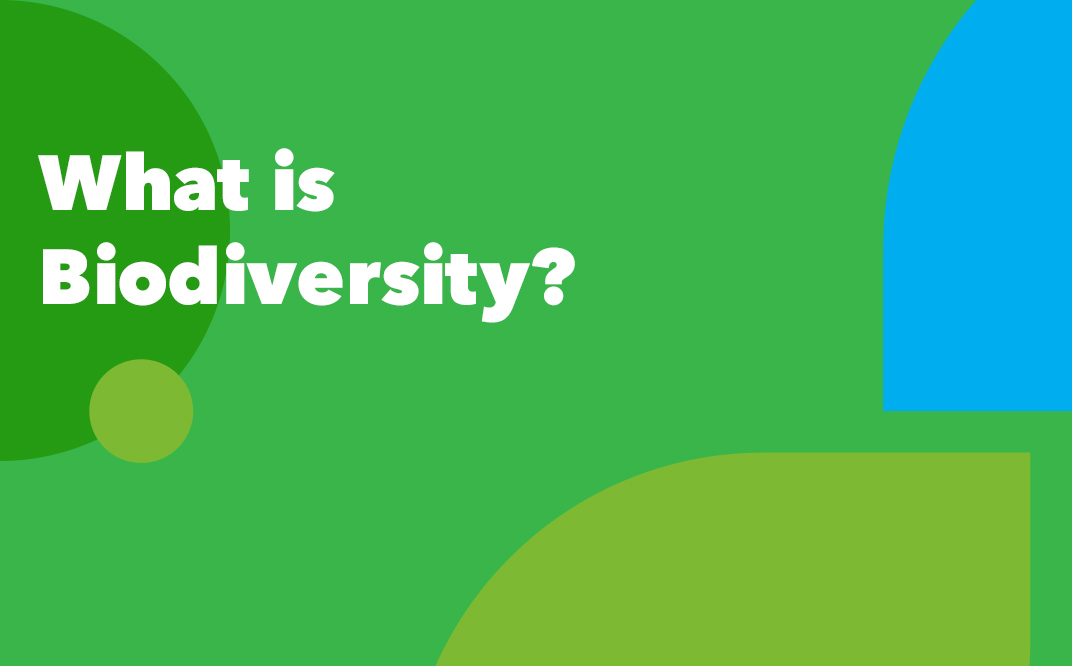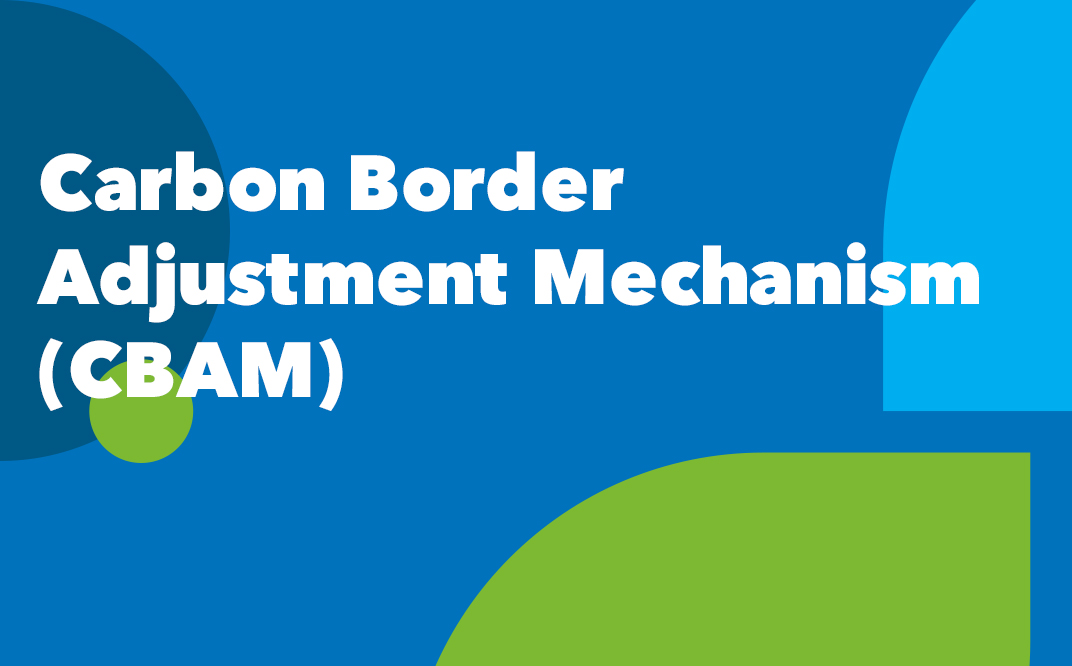Check out
QuickCarbon Blog.
QuickCarbon Blog is an information source that aims to explain frequently asked questions on topics such as greenhouse gas emissions, carbon footprint, and the steps taken in Turkey and around the world in a basic and understandable way.
What is Carbon Offset?
Carbon offsetting is a way for individuals or companies to balance out the carbon dioxide and other greenhouse gases they produce. This can be done by reducing their emissions or removing carbon from the atmosphere in different areas. When the reductions from these offset projects match the total carbon footprint of an activity, it’s considered carbon neutral.
The term ‘offset’ has a rich history, dating back to the late 1970s when it first appeared in the U.S. Clean Air Act. It was coined to describe reducing emissions at one facility to compensate for emissions produced at another. This law mandates that if activities leading to new emissions are carried out in areas with high pollution levels, emission reductions must be implemented in another region. This concept still holds relevance today.
Calculation of Water Footprint
The expansion of urban areas and rapid population growth have led to a significant rise in freshwater use, essential for life. The increasing demand for water to produce food, energy, and consumer goods makes it crucial to use limited resources wisely. The water footprint concept allows local and global organizations to assess their water usage and set strategic goals for promoting water conservation. Let’s explore answers to questions such as “What is a water footprint?”, “How is a water footprint calculated?” and “What can be done to reduce water footprints?”.
LCA Life Cycle Analysis – What is LCA?
The significance of sustainability is increasing to eliminate the adverse effects of the industrialized world on the environment. This is where Life Cycle Analysis becomes significant in helping companies develop eco-friendly policies. Life Cycle Analysis, also known as Life Cycle Assessment, is an instrumental analysis for the quantitative determination of the environmental impact of products. Let’s examine the stages of LCA and the benefits and challenges of this practice.
Climate Change: Causes and Negative Impacts
Climate change is one of the most challenging and universally recognized issues of our time. Scientists have been trying to draw attention to climate change for years, and it is a critical issue that deeply affects not only the future but also the present. So, what is the essence of this concept that prompts governments to make policy changes and resonates with civil society? How does it impact ecosystems and daily life, and what can be done to prevent climate change?
Definition and Dimensions of Sustainable Development
In a world with limited natural resources, the unlimited use of resources is a problem that threatens not only our present but also our future. The diminishing water resources, increasing consumption, pollution and deforestation adversely affect the lives of other living things as well as humans. Raising awareness about this global problem is possible with the concept of sustainable development.
Green Finance: Definition, Types, Benefits and Status in Turkey
Increasing consumption and destruction of the planet’s resources affect not only today’s living conditions but also tomorrows. Global warming, damage to ecosystems on land and in the seas, and many other environmental disasters are causing social and economic problems. Many strategies are being developed globally to combat this situation. Green financing is one of these strategies.
Uses and Harms of Fossil Fuels
Fossil fuels, which seem to be the indispensable energy source of the modern world; It has penetrated almost every aspect of life, from transportation to industry, from electricity to heating. However, the long-term effects of these energy reserves have become a topic of global debate. Although fossil fuels have significantly improved and facilitated modern life, there are environmental and social costs that the whole world has made and will continue to pay in the future.
What is Ecological and Carbon Footprint?
Can humanity preserve habitats while nature’s basic resources are being depleted? The resources our planet offers us are becoming increasingly insufficient to meet the demands of a growing population. The way to allocate a sustainable habitat for all species and protect the natural resources we need is to reduce our ecological and carbon footprint. These concepts, which reveal how the natural resources necessary for life are consumed, also draw a perspective on whether future generations will have access to sufficient resources.
What is the Carbon Cycle?
The carbon cycle is critical for the protection of living things and sustainable habitats. The carbon cycle, one of the basic material cycles, refers to the circulation of carbon between various layers, especially the atmosphere. However, fossil fuels and some human activities negatively affect this carbon cycle. This leads to serious environmental problems such as global warming and climate change.
How to Calculate Carbon Footprint?
The daily habits of people or the standard operation of a factory have a greatly impact on future generations. There is a carbon emission caused by eating meat in a restaurant or the production process of a mobile phone. This carbon stored in the atmosphere causes the earth’s temperature to increase. One of the first steps to be taken to prevent the world from getting warmer every day and to reduce greenhouse gas emissions is to analyze the process by measuring the carbon footprint.
What is Biodiversity?
Our planet has an extraordinary diversity of life, and all living things are somehow connected to each other. In fact, the biodiversity of our world is so rich that some species have not yet been discovered. However, many species are in danger of extinction due to human activities. Therefore, the possibility of increasing biodiversity in the future seems to be at risk.
Carbon Border Adjustment Mechanism (CBAM)
Adjustment measures prepared under the leadership of the European Union to support environmental sustainability by reducing carbon emissions continue to be implemented. Cabon border adjustment mechanism, which aims to support the fight against climate change, is one of the innovative instruments developed by the European Union as a adjustment measure. So, how successful will this innovative instrument be in achieving the European Union’s goal of reducing carbon emissions?
